Shaping the water–energy–food nexus for resilient mountain livelihoods
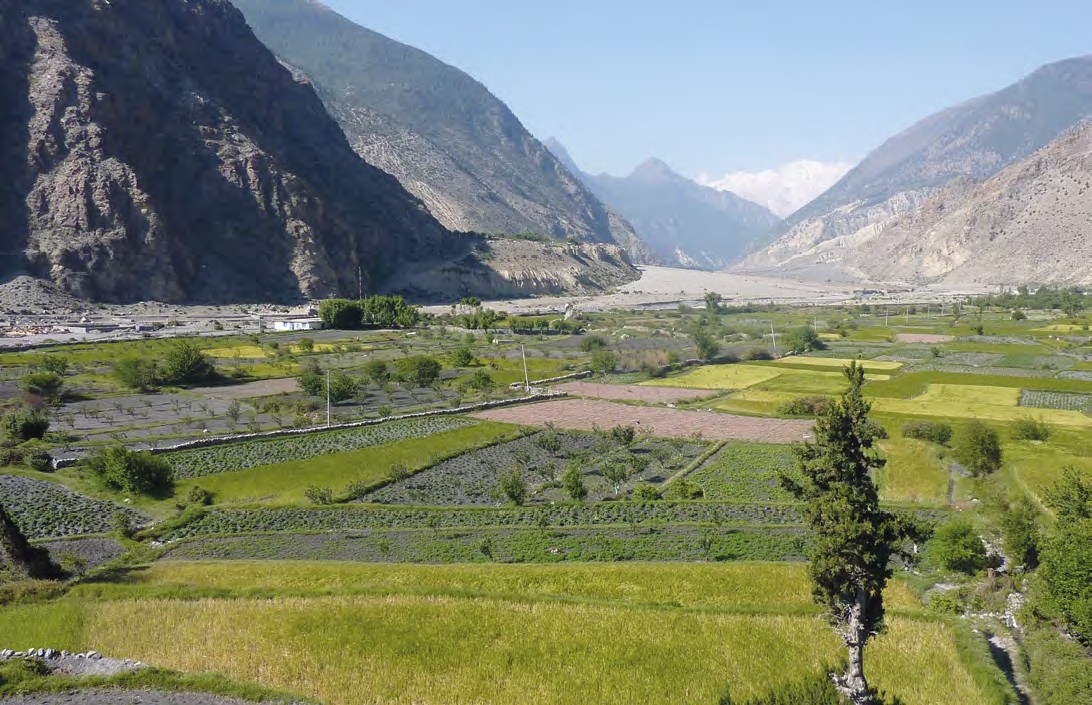
Introduction
Many rural mountain communities in developing countries face major difficulties in meeting basic needs for water, clean energy and healthy food, not to mention strengthening economically and socially. Local and global changes – such as population growth, climate change and overuse of natural resources – shape and sometimes constrain these communities’ water, energy and food security. Increasing resource demands from nearby urban and lowland areas compound the challenges.
How can rural mountain communities improve their water, energy and food security in contexts of growing resource pressure, competition and uncertainty? Does a water–energy–food (WEF) nexus approach offer a way to identify forward-looking options and policies to strengthen their livelihoods and resilience? Indeed, a WEF nexus assessment can be beneficial when conducted in a participatory process that effectively engages and empowers mountain communities with a view to fostering equal access to water, energy and food, and enhancing the diversity and depth of mountain communities’ livelihood options.
This brief presents a perspective of communities in rural and remote mountain areas, and a participatory process aiding stakeholders in assessing the status and trends of WEF systems in mountains, in identifying governance and technical options and in negotiating alternative scenarios.
*Download the full brief from the right hand column. The key messages from the publication are provided below. See the full text for much more detail and country examples.
Perspective of communities in rural and remote mountain areas
Mountain people are vulnerable to WEF insecurity
The resilience – i.e. their capacity to cope with and buffer against disturbances while maintaining the ability to adapt and transform – of mountain communities correlates strongly with the wider conditions of the mountain ecosystems on which they rely for essential services of water, energy and food (WEF) security.
- Water security is very context-specific. Today, socio-economic conditions, lack or weak enforcement of inclusive regulatory and institutional frameworks, and power relations combine to shape community and household access to safely and sustainably managed water in different ways.
- Energy security still depends on solid biomass.At the same time, there is substantial potential for generation of hydropower in mountain regions where water supplies are sufficient and reliable. But high upfront costs for infrastructure remain a major hurdle.
- Vulnerability to food security is increasing: Limited food production at higher altitudes – due to soils’ low productivity, the harsh climate and the labour intensity of farming on steep terrain – can decrease even further when unsustainable agricultural practices erode the availability of productive land, soils and water resources.
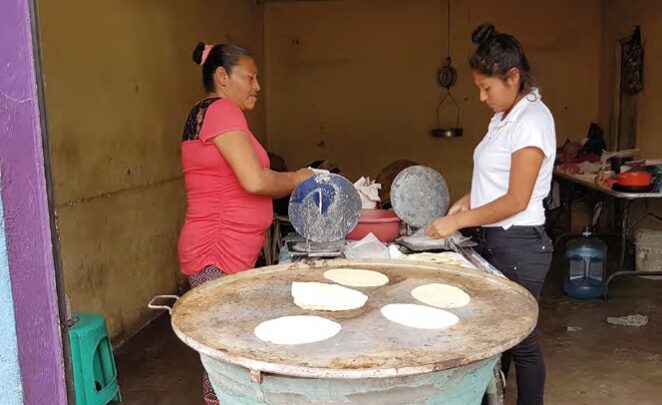
WEF security in lowlands depends on mountains
Ecosystem services provided by mountains are essential to agricultural production, water security and clean energy in both highlands and lowlands. Resource management and use in upstream areas also impact the WEF security of downstream and lowland communities.
- Globally, more than 3 billion people depend on mountain water whose availability is co-determined by climate, soil conditions and land cover.
- The contribution of mountain discharge to dry-season waterflow ranges from 30–60 percent in the humid tropics up to 50–90 percent or more in arid and semiarid regions.
- The potential for hydropower generation in many mountain regions remains high and not fully realized.
- At the same time, larger-scale hydropower projects remain contested, since they pose risks to ecosystems. In addition, the social costs of dam construction and operation are frequently underestimated.
Local and global change resulting in competing claims
Rural mountain communities’ WEF security and resilience emerge from a combination of local livelihood conditions, development trends and wider global change.
Population growth, urbanization and economic development:
- Both population growth and urbanization lead to increasing pressure on water, land and energy supplies as a result of rising resource-intensive economic activities and lifestyles.
- Similarly, economic development based on mountain tourism, for example, also fuels increased water demands, changes in energy supplies and food-consumption habits.
- Finally, mountain systems are under growing pressure from lowland populations who rely on mountain water resources for domestic use, irrigation, hydropower generation and industrial development
Land use change and natural resource management:
- Growing intensification of agriculture is providing more food in the short to medium term. However, if not managed properly, it can have negative long-term effects on water regulation services as well as on soil and water quality (e.g. in case of excessive fertilizer use).
- Besides harming water quality and quantity, rising demand for irrigation water in high- and low-lying areas can also cause resource conflicts as seen.
- At the same time, young people’s outmigration from rural mountain areas is leading to reduced agricultural production, changes in land use and abandonment of land due to labour shortages.
Climate change:
- It impacts the livelihoods of rural mountain communities and threatens the capacity of mountain ecosystems to provide services needed to ensure water, energy and food supplies.
- Rising temperatures cause glaciers and permafrost to melt faster, impacting water-storage capacities and runoff regimes particularly in the upper reaches of glaciated watersheds and compromising slope stability in high mountains.
- Broad increases in precipitation variability, warming and extreme events will doubtless require adaptive, flexible resource use approaches to ensure long-term WEF security.
The marked increase in demand for water, energy and food among urban lowland populations is often prioritized by governments over the needs of people living in rural mountain areas. Unequal development at the expense of such groups, increasing competition over natural resources and degradation of mountain ecosystems result from these dynamics, aggravating mountain communities’ vulnerability to WEF insecurity.
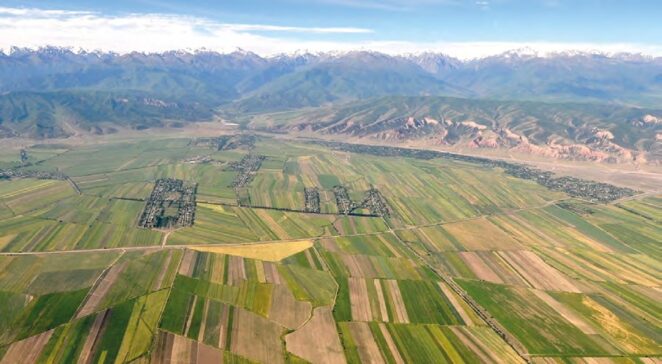
WEF nexus assessment
Linking nexus thinking and resilience thinking
A WEF nexus approach combined with sustainable livelihood and resilience thinking can help to identify pathways that benefit mountain people and support them in coping with increasing socioecological pressure, climate change and uncertainties (Figure 2).
- The overall goal of the WEF nexus approach is to accelerate the availability of sufficient safe water, clean energy and adequate nutritious food while sustaining relevant ecosystem services (see point 1, Figure 2).
- In order to meet the needs of mountain people and communities fairly, the WEF nexus approach should be combined with a livelihood and justice lens, i.e. a sustainable livelihood approach.
- The resilience focus supports identification of ways to strengthen the capacity of people and ecosystems to buffer against and cope with disturbances, shocks and uncertainty (see point 3 in Figure 2, Box 3).
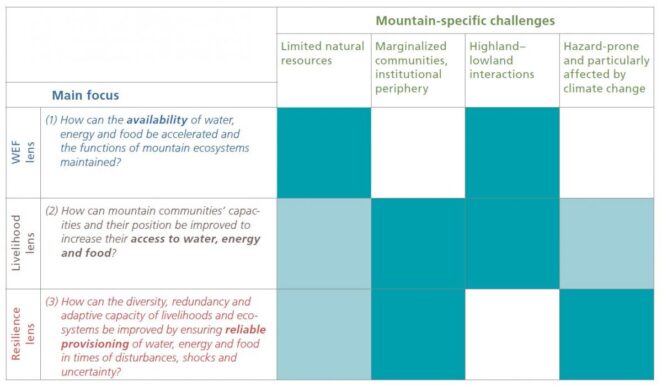
Nexus assessment: steps towards WEF security and resilience
The proposed four-step process draws on the WEF guidebook for agricultural investments.
- Define the objectives and scope of the assessment: it comprises three interdependent elements: (a) identifying the problem at stake; (b) selecting stakeholders who will participate in the assessment; and (c) defining the spatial boundaries and temporal scale of the assessment.
- Assess the WEF system and its challenges: in the second step, the selected stakeholders work together with experts to identify and assess in more depth: (a) the relevant components including actors, their assets/investments and their interests; (b) the interactions between them; and (c) the context of the WEF nexus including relevant natural resources, infrastructure, social resources of the communities and institutions (policies, laws, formal or informal arrangements).
- Develop scenarios of future WEF systems: the scenarios are based on identified trends, expected investments and consider future demands for water, energy and food based on population growth, socio-economic changes and urbanization as well as climate change impacts and demands for ecosystem services from lowlands.
- Create an enabling environment to facilitate transformative change: establishment of a coherent story, based on desired future WEF security and sustainable management of mountain ecosystems, can help to develop an implementation and investment strategy. Next, the story and implementation strategy should be shared in a targeted manner with institutional actors, the public and investors (public and private) who were not involved in the original assessment and visioning process. Besides the targeted sharing of the strategy, a stepwise approach to implementation may require capacity-building, with adaptations as necessary based on new insights.
Overall, the development, implementation and monitoring of WEF strategies requires a strong, committed group of institutional actors that works together to enhance WEF security and strengthen people’s resilience in rural mountain regions.
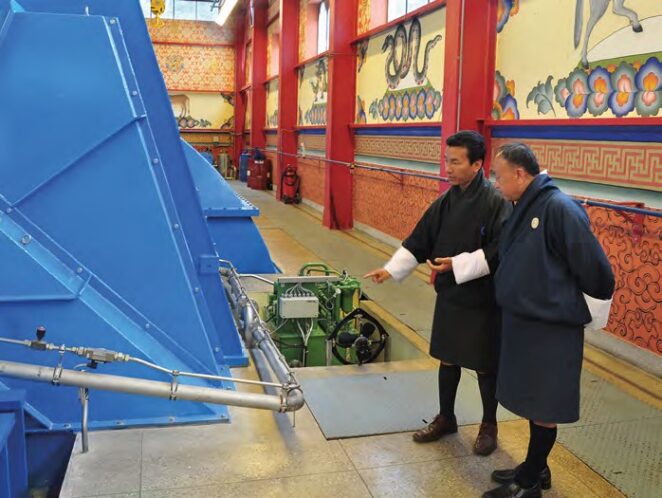
Suggested citation
Wymann von Dach, S. & Fleiner, R. 2019. Shaping the water– energy–food nexus for resilient mountain livelihoods. Issue Brief on Sustainable Mountain Development. Bern, Switzerland: Centre for Development and Environment (CDE), with Bern Open Publishing (BOP).
This publication was supported by the Austrian Development Cooperation and the Swiss Agency for Development and Cooperation.
Further reading
- Find more publications and other resources on Sustainable Mountain Development
- Read the report "Safer lives and livelihoods in mountains"
- Read the report "Leaving no one in mountains behind - Localizing the SDGs for resilience of mountain people and ecosystems"
- Read the issue brief "Migration and Sustainable Mountain Development - Turning Challenges into Opportunities"
- Explore the Himalayan Adaptation, Water and Resilience (HI-AWARE) project and outputs
- Read the report "Making governance work for water-energy-food nexus approaches"
- Read the case study "Reconciling Water, Energy and Agricultural Sector Demands in Zambia"
- Read the case study "Meeting Ethiopia’s Development Goals by Addressing Links between Water, Energy and Food"
- Discover the CLIMA Land Water Energy project: Supporting sustainable climate adaptation under biofuels expansion

Comments
There is no content